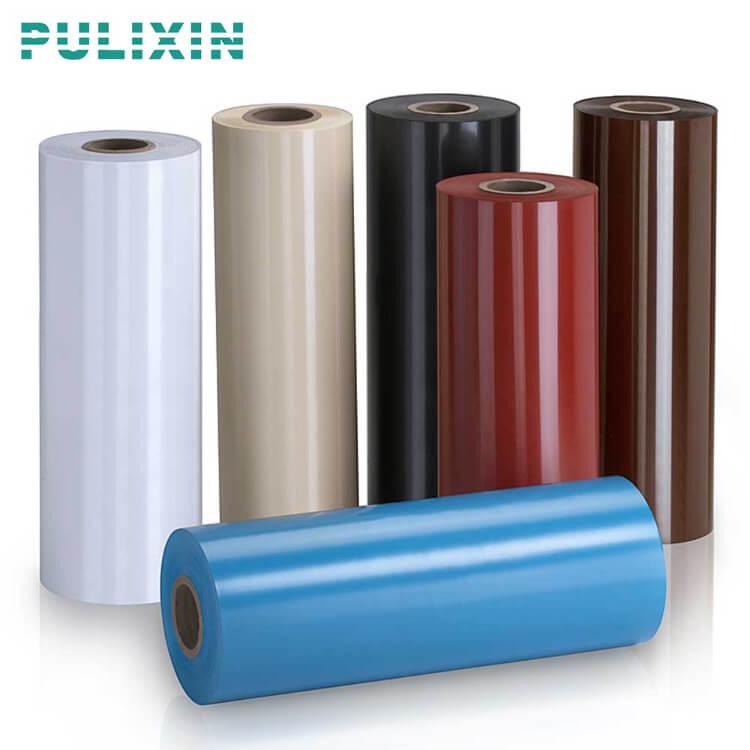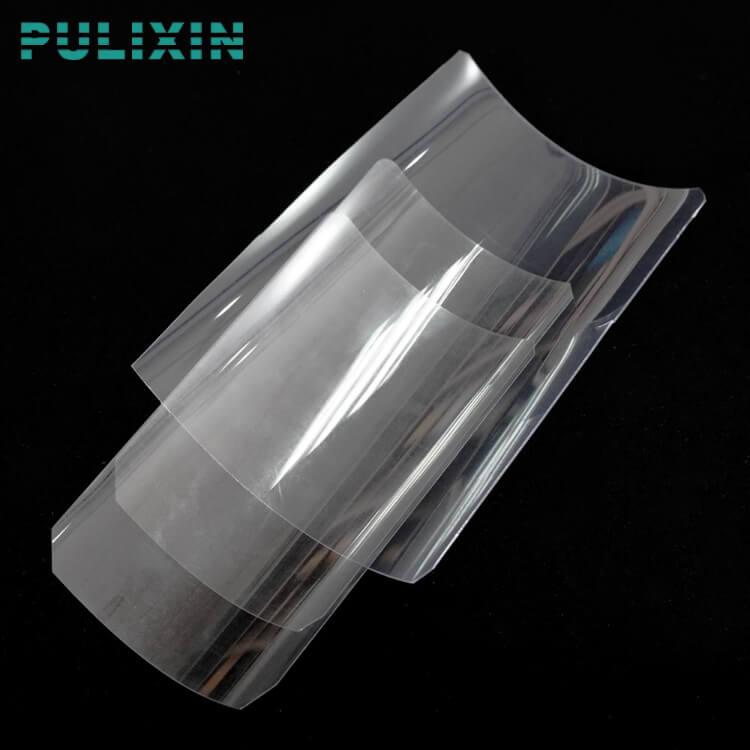High barrier materials are used to prevent the permeation or transmission of gases, moisture, light, and other substances through packaging or protective layers. In order to improve the barrier properties of barrier materials, the technical means commonly used at present mainly include the following:
1. Multi-layer composite
Multilayer composite refers to the composite of two or several films with different barrier properties through a certain process. In this way, penetrant molecules have to pass through several layers of membranes if they want to reach the inside of the package, which is equivalent to extending the permeation path, thereby improving the barrier performance.
The method is a composite thin film with excellent comprehensive performance prepared by combining the advantages of various films, and the process is simple.
However, compared with intrinsic high-barrier materials, the film prepared by this method is thicker, prone to problems such as air bubbles or cracking and wrinkles that affect the barrier performance, and the requirements for equipment are relatively complicated and the cost is high.
2. Surface coating
Surface coating is the use of physical vapor deposition (PVD), chemical vapor deposition (CVD), atomic layer deposition (ALD), molecular layer deposition (MLD), layer-by-layer self-assembly (LBL) or magnetron sputtering deposition in the polymerization Materials such as metal oxides or nitrides are deposited on the surface of the film to form a dense coating with excellent barrier properties on the surface of the film.
However, these methods have problems such as time-consuming process, expensive equipment and complicated process, and the coating may have defects such as pinholes and cracks during service.
3. Nanocomposites
Nanocomposites are nanocomposites prepared by intercalation composite method, in situ polymerization method or sol-gel method using impermeable and sheet-like nanoparticles with large aspect ratio. The addition of flaky nanoparticles can not only reduce the volume fraction of the polymer matrix in the system to reduce the solubility of permeation molecules, but also prolong the permeation path of permeation molecules, reduce the diffusion rate of permeation molecules, and improve the barrier properties.
4. Surface modification
Because the polymer surface is often in contact with the external environment, it is easy to affect the surface adsorption, barrier properties and printing of the polymer.
In order to make polymers better used in daily life, the surface of polymers is usually treated. Mainly include: surface chemical treatment, surface graft modification and plasma surface treatment.
This type of method is easy to meet the technical requirements, the equipment is relatively simple, and the one-time investment cost is low, but it cannot achieve long-term stable results. Once the surface is damaged, the barrier performance will be seriously affected.
5. Two-way stretch
Through biaxial stretching, the polymer film can be oriented in both vertical and horizontal directions, so that the order of the molecular chain arrangement is improved, and the packing is tighter, so that it is more difficult for small molecules to pass through, thereby improving the barrier performance. The preparation process of the typical high-barrier polymer film is complicated, and it is difficult to significantly improve the barrier performance.
6. Gas Barrier Additives
High barrier materials can be modified by incorporating gas barrier additives into the polymer matrix. These additives, such as montmorillonite clay, silica, or nanoclay, can enhance the barrier properties of the material by reducing the diffusion of gases through the polymer matrix.
High barrier materials
It’s worth noting that the choice of blocking technique depends on the specific requirements of the application and the desired barrier properties. Different combinations of these techniques can be employed to achieve the desired level of barrier performance for a particular use case.
High barrier materials are specialized substances or combinations of materials that possess exceptional resistance to the permeation or transmission of gases, moisture, light, odors, and other substances. These materials are specifically designed to provide a robust barrier against external factors that can compromise the quality, stability, or shelf life of various products.
The primary purpose of high barrier materials is to prevent the ingress or egress of specific elements that could adversely affect the integrity, freshness, or functionality of packaged goods. They are commonly utilized in packaging applications across industries such as food and beverages, pharmaceuticals, electronics, and chemicals.
High barrier materials offer protection against various environmental factors, including oxygen, moisture vapor, UV radiation, aroma, and flavor loss. By impeding the passage of these detrimental agents, they help maintain the quality, safety, and shelf life of the packaged products.
Each type of high barrier material possesses unique properties and characteristics that make it suitable for specific applications. For instance, polymer films like polyethylene terephthalate (PET), polyethylene (PE), polypropylene (PP), and polyvinylidene chloride (PVDC) exhibit excellent barrier properties against gases and moisture.


